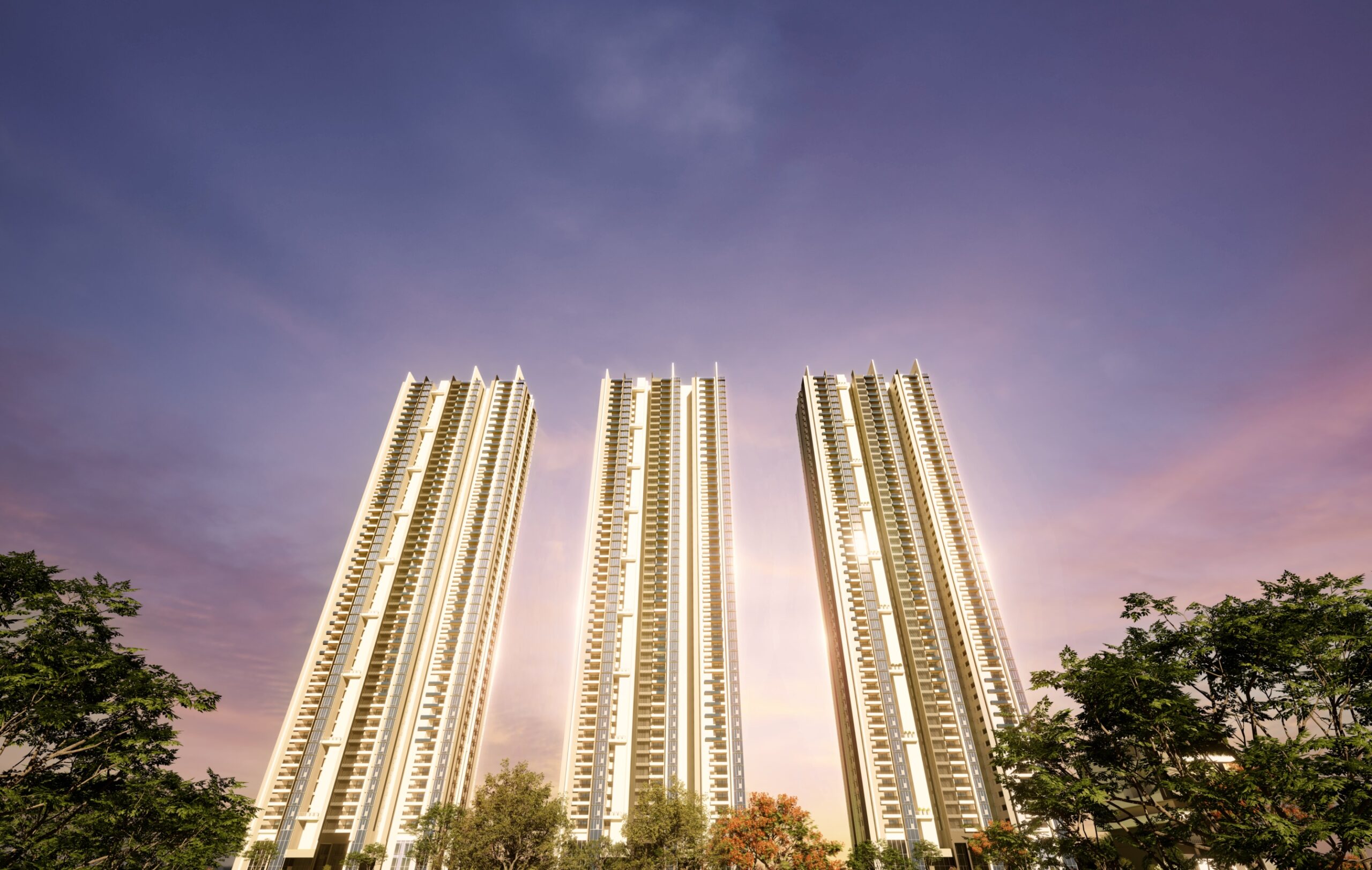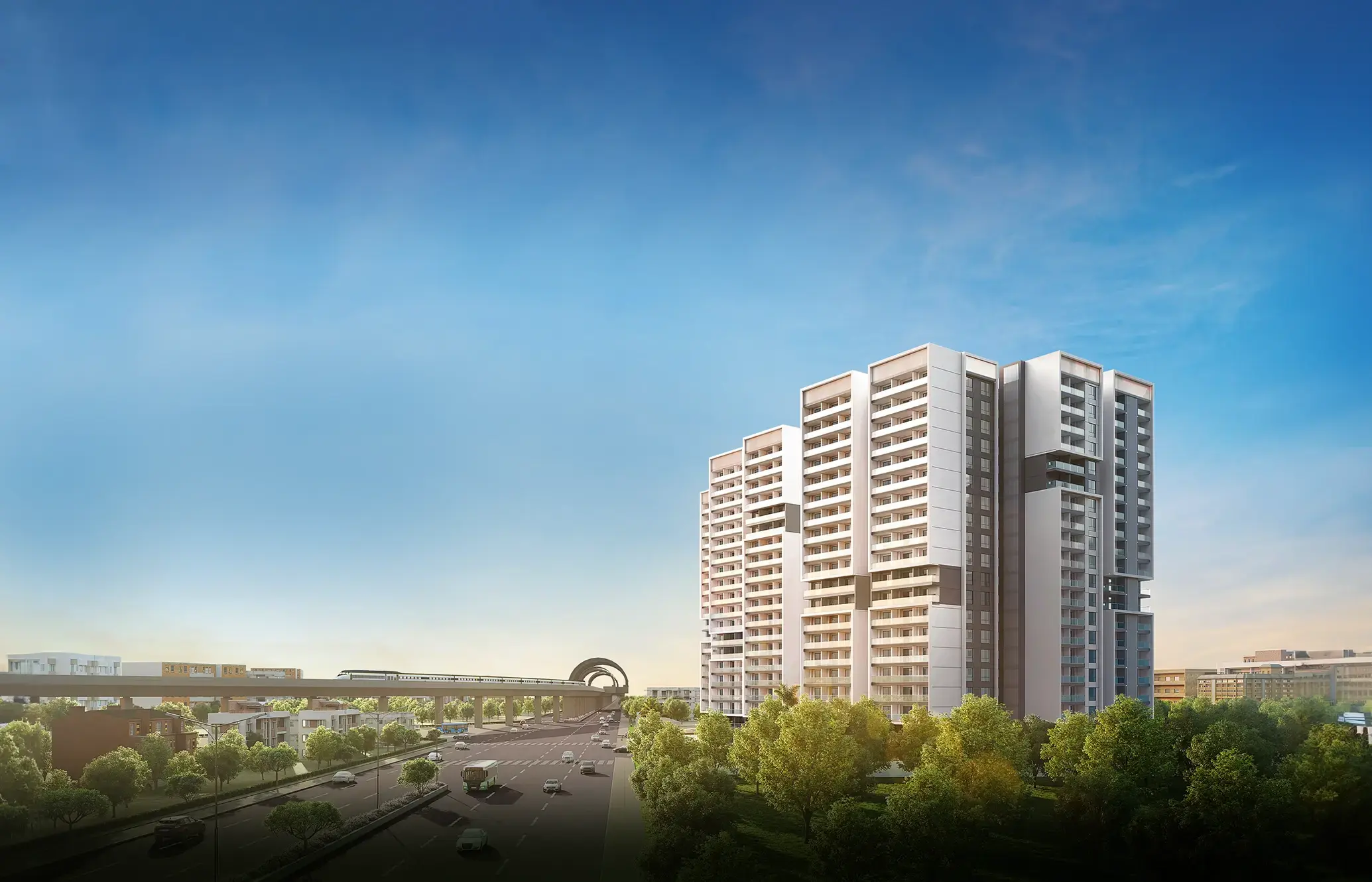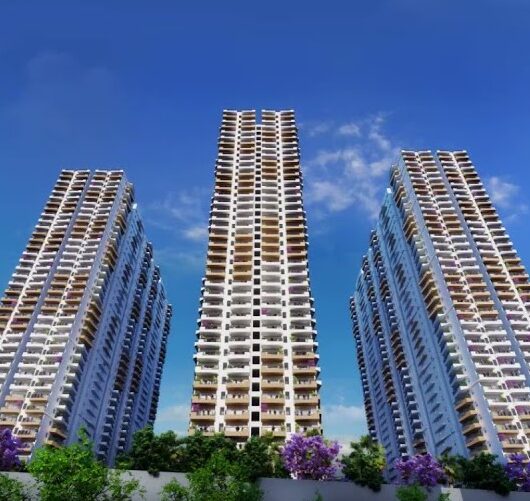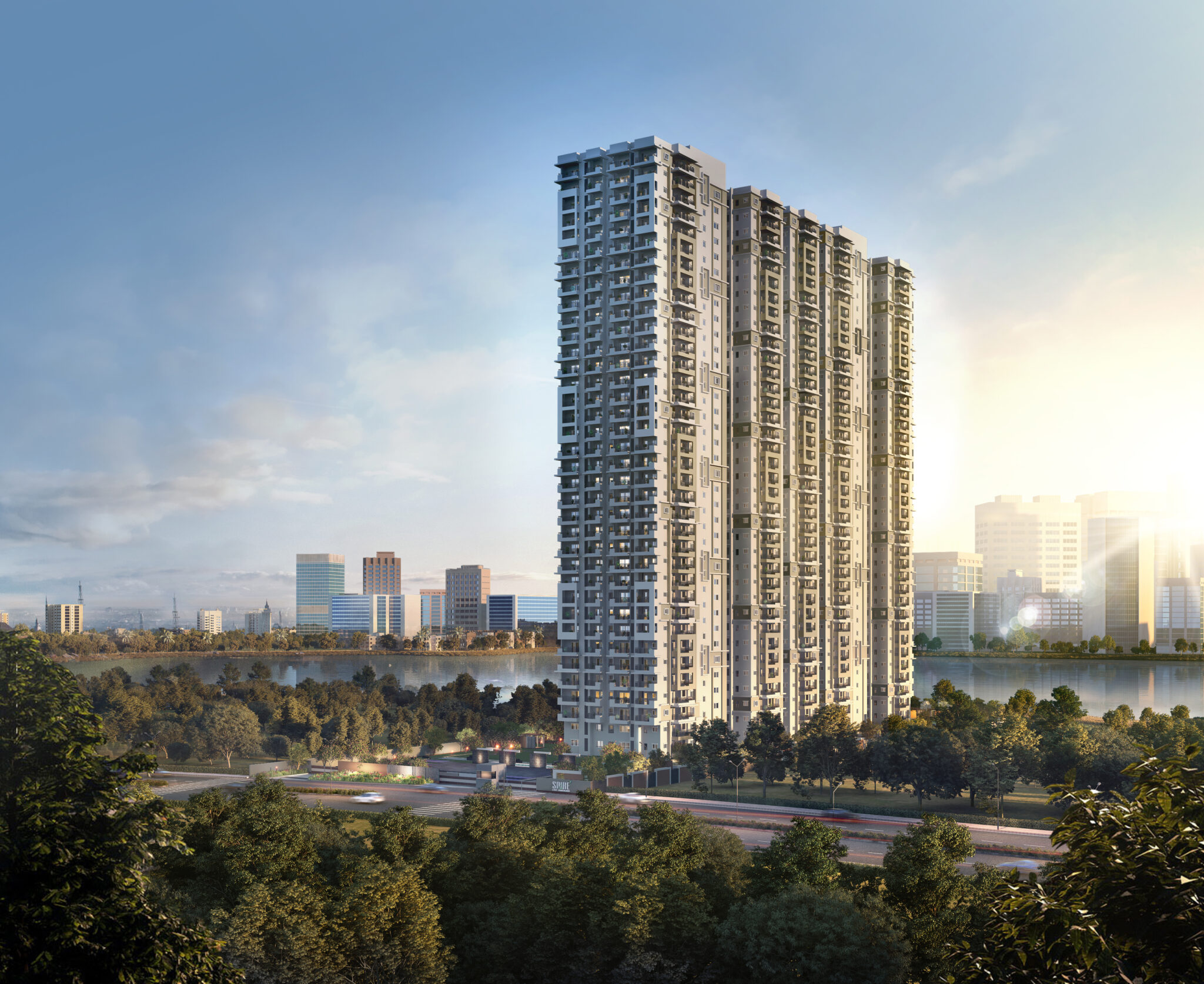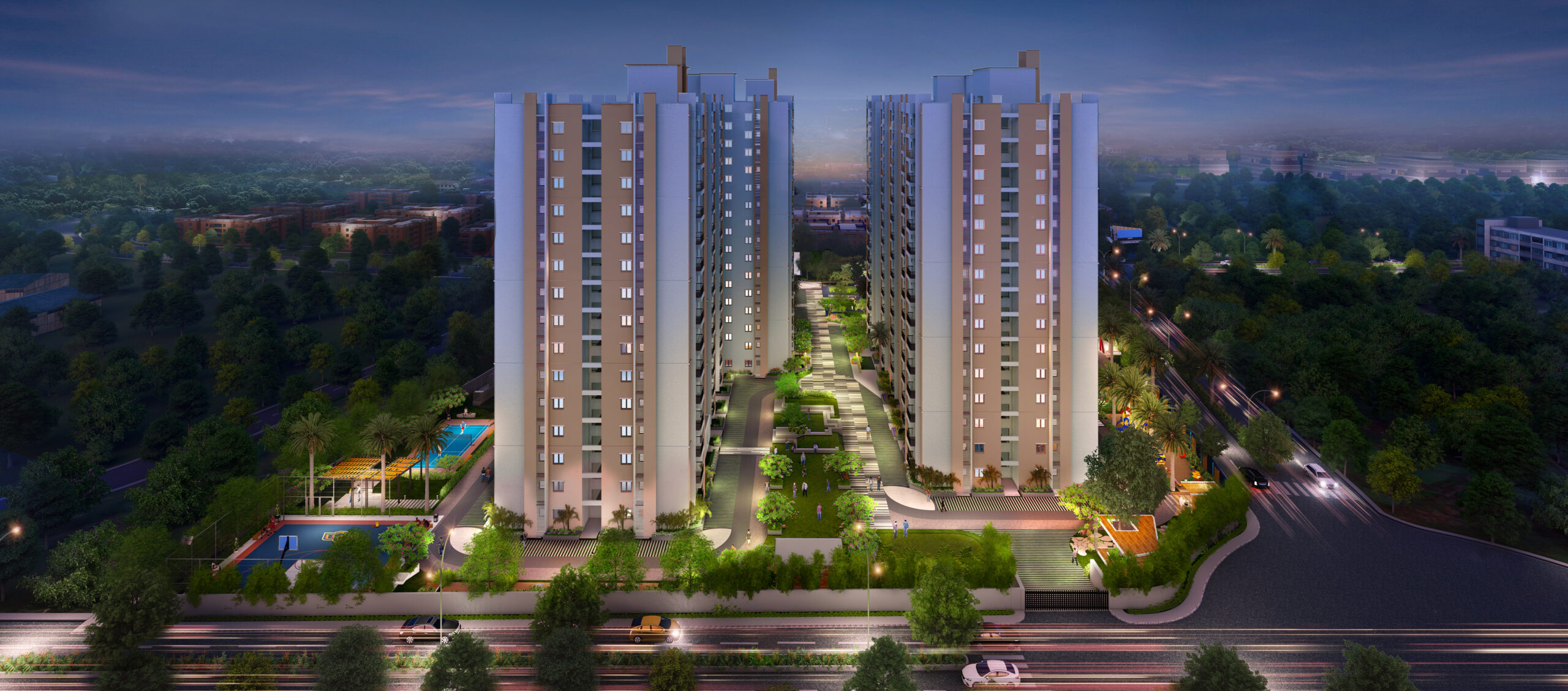Understanding the Difference Between Carpet Area and Built Up Area
Ever browsed real estate listings and felt confused by the various area measurements? You’re not alone! Terms like carpet area, built-up area, super built-up area and understanding the difference between carpet area and built up area is crucial for making better decisions when buying a property. This blog post aims to elaborate these concepts and empower you to navigate real estate measurements with confidence.
- 1 An Introduction to Real Estate Measurements
- 2 Understanding Carpet Area: What it Represents
- 3 Built-Up Area: Its Components and Considerations
- 4 Super Built-Up Area: Adding Complexity to Measurements
- 5 Balcony Inclusion: Clarifying Carpet Area Coverage
- 6 Regulatory Impact: RERA’s Influence on Property Measurements
- 7 Conclusion
- 8 FAQs
An Introduction to Real Estate Measurements
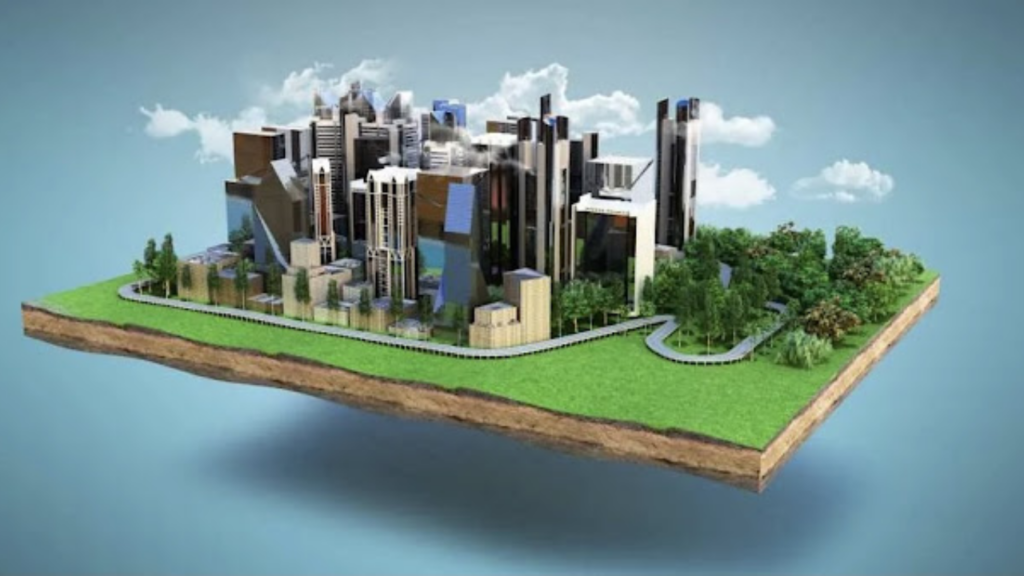
When evaluating potential properties, you’ll encounter various area measurements. These measurements determine the usable and chargeable space within a property. Understanding these terms assists you in making accurate comparisons between properties, ensuring you choose the one that best suits your needs and budget.
Understanding Carpet Area: What it Represents
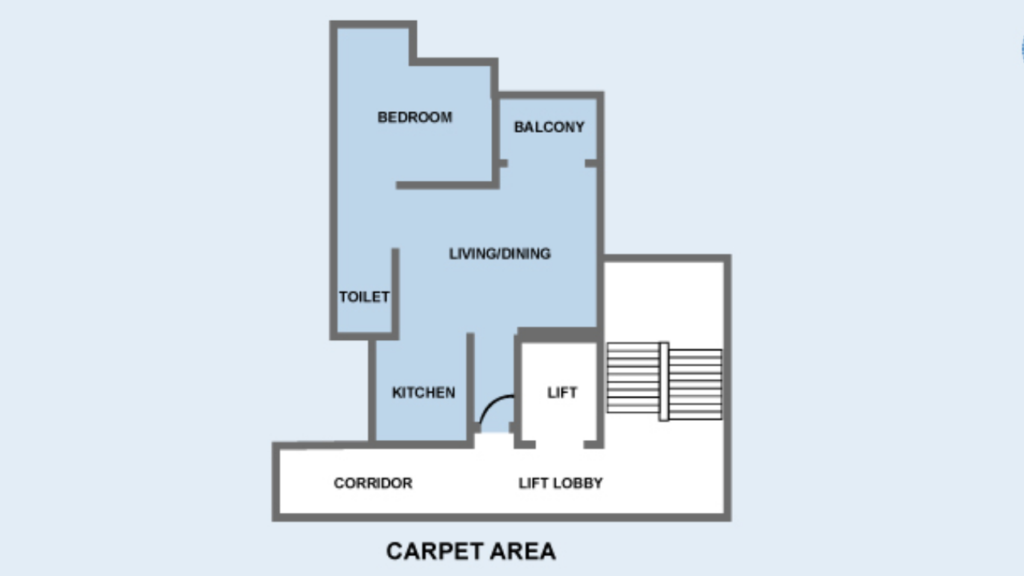
The carpet area represents the net usable floor area within an apartment’s walls. It excludes the area occupied by external walls, balconies, and common areas. Essentially, it’s the space where you can lay down carpet.
This measurement is important because it directly translates to the usable living space you’ll enjoy in the apartment. At ASBL, we prioritise clarity, therefore we ensure the carpet area is clearly mentioned for each property unit. This helps you to compare properties based on the usable living space you’ll be getting. Typically, the carpet area is used to calculate the base price of the property.
Built-Up Area: Its Components and Considerations
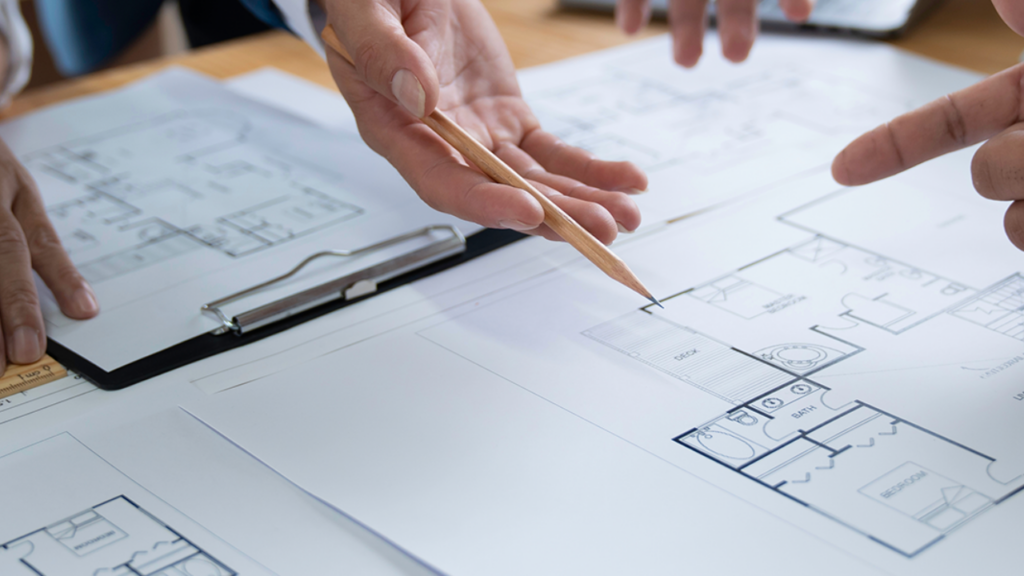
The built-up area expands upon the carpet area by including the thickness of the internal walls. In simpler terms, it is the carpet area plus the area occupied by the thickness of the walls within your apartment. Balcony inclusion varies depending on the developer, so it’s important to clarify whether the balcony area is included in the built-up area.
Super Built-Up Area: Adding Complexity to Measurements
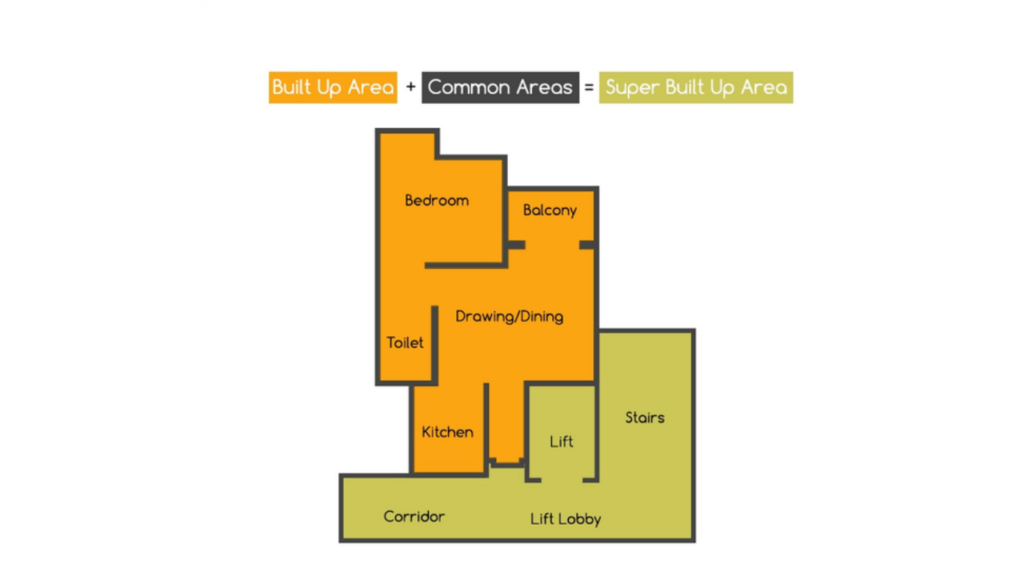
The concept of a super built-up area adds another layer of complexity. It is the most inclusive measurement, encompassing the built-up area plus the proportionate share of common areas like hallways, lobbies, elevators, staircases, and amenities (gyms, swimming pools, etc). Since residents share these common areas, the cost of maintaining them is factored into the overall property price. Therefore, the super built-up area typically has the highest value compared to the carpet area and built-up area.
Balcony Inclusion: Clarifying Carpet Area Coverage
Is the balcony included in the carpet area? The answer depends on the developer’s policy. Some developers might exclude the balcony area entirely from the carpet area, while others may include a portion of it. At ASBL, we believe in clear communication throughout the buying journey. By providing clear and accurate area measurements, we specify all areas separately, including the carpet area, built-up area, and, in some cases, the super built-up area. This transparent approach empowers you to make informed decisions based on your needs and preferences.
Regulatory Impact: RERA’s Influence on Property Measurements
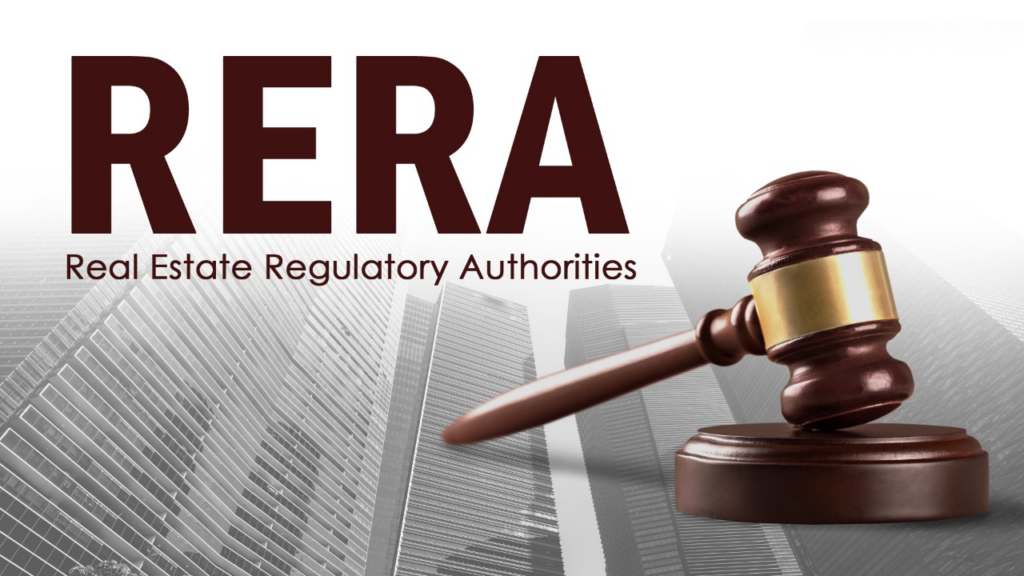
The Real Estate Regulation and Development Act (RERA) plays a significant role in standardising property measurements. RERA is a landmark legislation in India that aims to bring transparency and accountability to the real estate sector. One of its key provisions is for developers to disclose the carpet area for each apartment, ensuring transparency and protecting buyer interests.
Conclusion
Understanding the difference between carpet area, built-up area, and super built-up area significantly eases your property search. By comparing properties based on the carpet area, you get a clearer picture of the usable living space you’ll be getting for your investment. Remember to clarify balcony inclusion and consult the RERA carpet area to ensure transparency throughout the process. Equipped with this knowledge, you can confidently navigate real estate listings, compare properties effectively, and ultimately find your dream home that perfectly aligns with your needs and budget.
FAQs
Carpet area is the usable area within walls, excluding common spaces whereas Built-up area includes carpet area plus walls, balconies, and common areas.
Carpet area can be calculated by subtracting the areas of walls, balconies, and common spaces from the built-up area.
Built-up area includes the carpet area, walls, balconies, common areas like lobby, staircase, and any other area covered by the project’s boundaries.
Exclusions from the carpet area typically include walls, balconies, common spaces, thickness of walls, ducts, and utility areas like bathrooms and kitchens.
The percentage of super built area that is carpet area can vary widely depending on the specific property and construction design. It is advisable to check with the developer or builder for precise information.
No, the carpet area does not include the thickness of walls as it represents the actual usable area within the apartment/unit.
